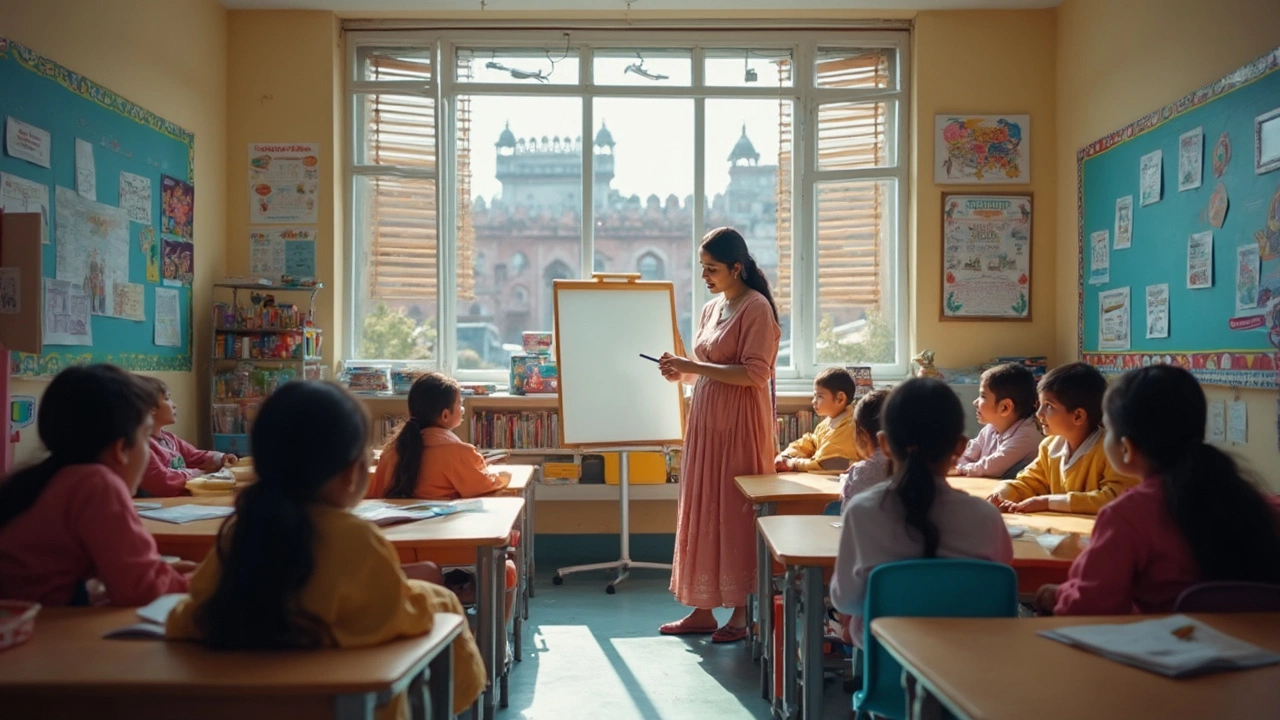Education in India: What You Need to Know
Thinking about studying in India or just curious how the system works? You’ve come to the right spot. India’s education landscape is huge, stretching from tiny village schools to world‑class universities. Let’s break it down so you can see the big picture without getting lost in jargon.
School Boards and Exams
Most kids start in a state board school, but the three big players for higher‑secondary students are CBSE, ISC and the various state boards. CBSE is known for a clean syllabus that lines up well with national entrance tests like JEE and NEET. ISC (the Indian School Certificate) offers a more in‑depth humanities focus, while state boards vary a lot – some are tough, some are lighter.
If you aim to become a doctor, the board you pick matters. CBSE’s focus on physics, chemistry and biology matches the NEET pattern, making the jump to medical college smoother. For engineering aspirants, CBSE also aligns well with the IIT JEE, especially when you pick high‑scoring subjects like maths and physics.
Beyond school, there are a few big exams that decide where you go next:
- NEET – the gateway to MBBS, BDS and other medical courses.
- IIT JEE Main & Advanced – the ticket to India’s top engineering institutes.
- AIIMS Entrance – for those eyeing premier medical colleges.
Each exam has its own style. NEET leans heavily on biology concepts, while JEE tests problem‑solving speed in physics, chemistry and maths. Knowing the exam format early helps you pick the right board and study strategy.
Higher Education & Career Paths
Once you clear the entrance exams, India offers a massive range of college options. Public universities like the IITs, NITs and AIIMS are world‑renowned, but private colleges are popping up fast with modern labs and industry tie‑ups.
If you’re not into a traditional degree, vocational courses are gaining respect. Fields like plumbing, electrical work, digital marketing and coding have short training periods, low tuition and quick job placement. In 2025, the highest‑paid vocational jobs include specialized trades like CNC machining and renewable‑energy technicians.
For those who love tech, coding isn’t as scary as it sounds. The easiest programming languages – Python, JavaScript and HTML/CSS – let you build simple apps within weeks. Many online platforms now offer free beginner tracks that lead straight to freelance gigs.
Remember, the best career path isn’t always the highest‑paying one on day one. Look for fields that combine your interest with growth potential. For example, a student who enjoys biology and loves technology could explore biomedical engineering – a blend of two hot areas.
Finally, keep an eye on scholarships and government schemes. The Indian government runs the “Skill India” mission, offering free certifications for high‑demand skills. Those certificates often carry weight with employers, especially in tech and manufacturing.
Bottom line: start with the right school board, ace the entrance exam that matches your goal, and consider both degree and vocational routes. India’s education system is vast, but with a clear plan you can navigate it confidently and land a career that fits your passion.
